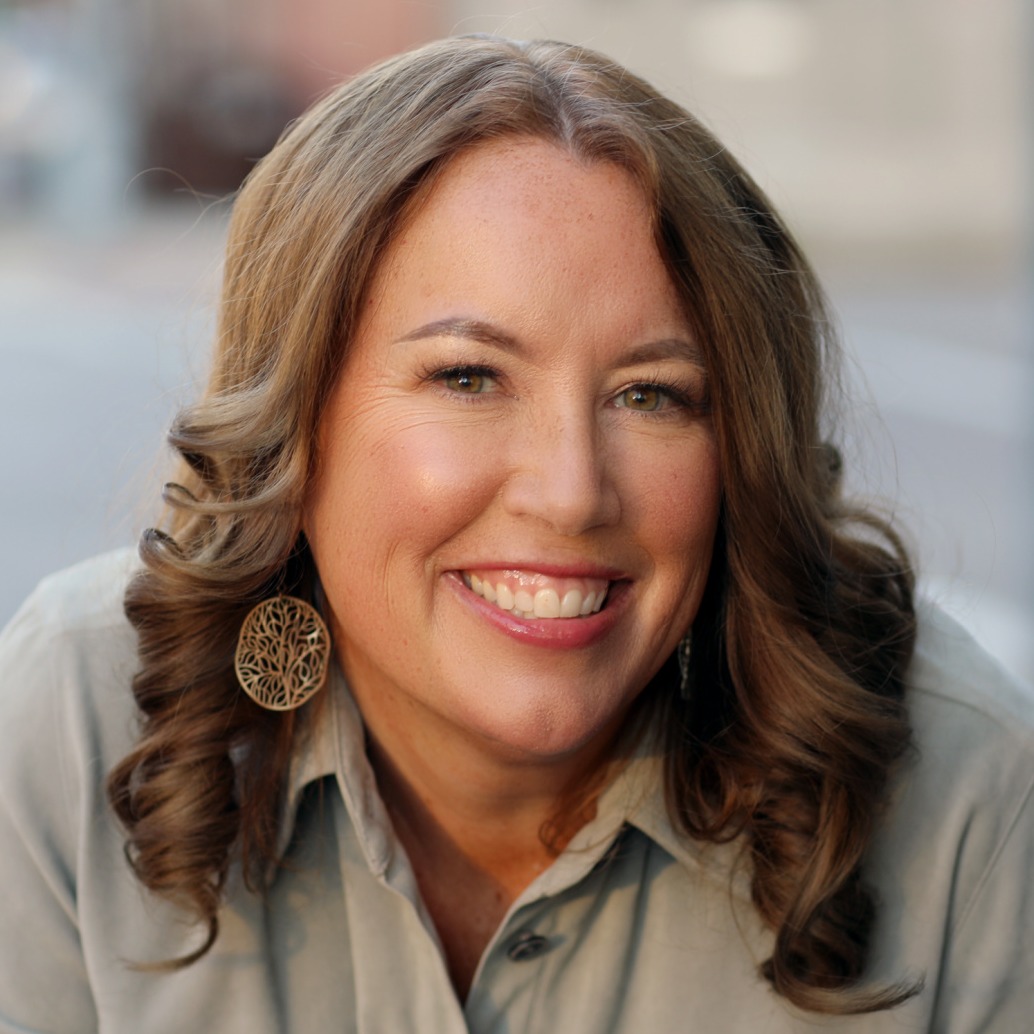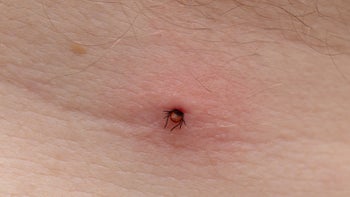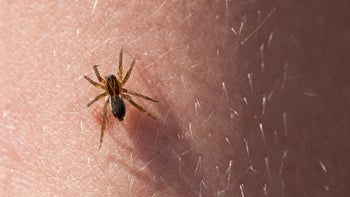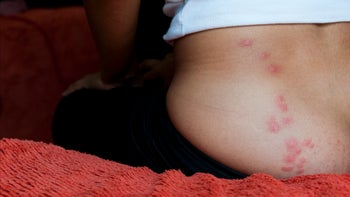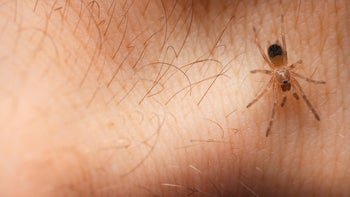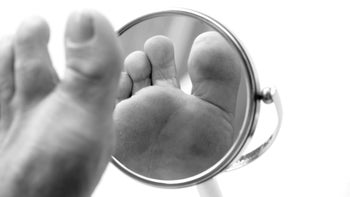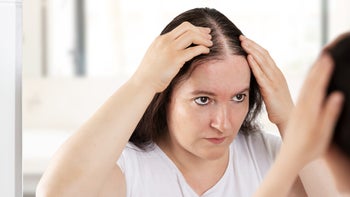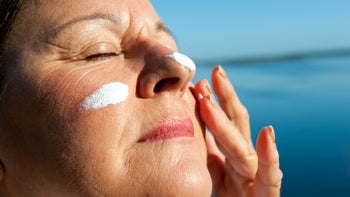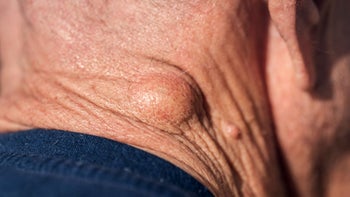
How Do You Get Rid of Bags Under Your Eyes? 3 Nurses Share Their Remedies
Key takeaways:
Eye bags are more of a cosmetic concern than a medical one. They’re common with aging as the tissue under your eyes weakens.
Sleep, age, genetics, and allergies all play a role in causing mild eye puffiness.
At-home remedies such as a cold compress can help limit the appearance of bags under your eyes.
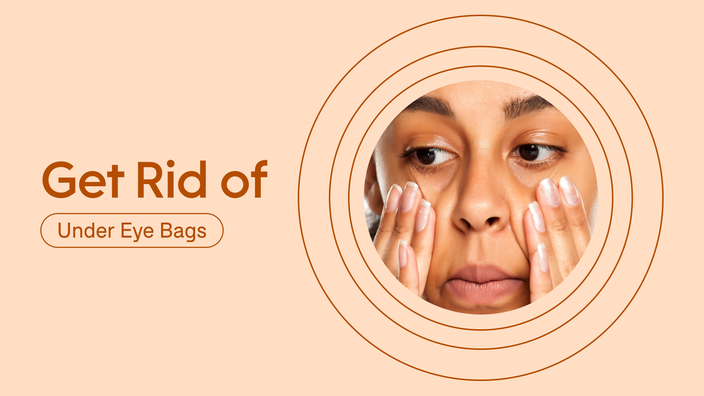
Eye puffiness is a problem many people can relate to. It’s part of aging. Skin loses elasticity over time. And being short on sleep, nutrition, and hydration can add to the appearance of bags under your eyes.
Lots of products claim to lessen the appearance of eye bags. But what really works? Here’s what three nurses recommend for getting rid of eye puffiness.
Get some rest
Pamela Smith, a 53-year-old nurse and mother of two in Melbourne, Florida, says as she’s gotten older and her schedule has gotten more hectic, she tries to get ahead of eye puffiness. She doesn’t struggle with it often, but she’s seen it enough to know that taking preventive measures are worth it.
Search and compare options
“The best thing is rest,” she says.

But when that is in short supply, Pamela has some techniques up her sleeve. One is an anecdotal beauty remedy: She places cool cucumber slices on her eyelids when she wants to limit puffiness. The other thing she does is try to maintain good nutrition and use quality products.
“When you put good in, good will come out,” she says.
She also says it’s critical to stay hydrated.
“You can use all the products in the world,” Pamela says. “But if you don’t hydrate, it's not gonna help.”
When all else fails, she says she has a good esthetician on call who can help her address issues and offer advice on how to keep her eyes refreshed.
The right product for the right reason
Amy Funderburk, a nurse of 26 years who holds a doctorate in nursing practice, takes a more product-centric approach.
Read more like this
Explore these related articles, suggested for readers like you.
Amy, who’s 48 and lives in South Carolina, found the must-have products for her most common needs. She keeps all of these in her bag so that she is ready to fight eye puffiness whenever it comes up.
“I'm always looking for ways to make my eyes look great,” she says. “What we found through the years is that the skin around the eyes has fewer sebaceous glands and less collagen and elastin than the skin anywhere else on the face and is much more sensitive. You'll even hear people refer to it as thinner skin as they get older. Sometimes, this can really cause us to look like we have the hollowed-out the darker circles.”
She turns to skincare products that give her eyes “a little extra attention,” she says.
Like Pamela, Amy is big on hydration.
“We don’t think about the importance of water as we age,” she says.
She drinks plenty of water and likes to use a moisturizing eye gel to hydrate her skin. She looks for products with ingredients like green tea extract and cucumber extract. She also uses hydrogel eye patches a couple of times a week.
“These are like a fruit salad for your eye,” she says. “It diminishes the puffiness and the dullness, and it gives that soothing and cooling effect.”
Amy stresses that using the right product at the right time is important because people who have a fluid buildup from something like allergies would want to look for a product designed to pull moisture out.
“It's important to know your skin and what your issues are,” she says.

Figuring out the ‘why’ behind eye bags
Ivette Palomeque, a 46-year-old Houston-based traveling nurse, agrees that it’s key to figure out the “why” behind eye puffiness.
“You have to treat the root cause to garner a better outcome,” Ivette says.

If sleep is the issue, see what you can do to prioritize getting 8 hours a night, Ivette says. But if it’s not sleep-related, take the time to find out what else could be causing the puffiness, she says. Other causes include aging, genetics, allergies, fluid retention, or even health conditions like pink eye or styes.
“Eye puffiness has been considered a cosmetic thing, but we’ve got to look at possible reasons,” she says.
She’s experienced many of the “whys” firsthand — pink eye, styes, lack of sleep, allergies, and a genetic predisposition to eye bags.
“Aging is another factor,” she says. “As we know, things start to drop.”
Pinpointing a cause can at least help when it comes to finding a remedy, she says.
“When I stay up at night, or I'm not getting good sleep, I know the bags coming under my eyes or the dark circles creating that puffy look are from lack of sleep,” she says. “So, my remedy is I rest my eyes and put on a cold compress.”
She also stays out of the sun, wears moisturizer, keeps sunglasses handy, and knows when to get some shuteye.
“Sleep can definitely do wonders,” she says.
What does the doctor say?

Patricia Pinto-Garcia, MD, MPH
Medical Editor
As people get older, collagen in the skin breaks down. When this happens, skin sags, and the fat pad around the upper eyelid can sink towards the lower eyelid. Skin also thins out, which makes blood vessels more visible. The result of these natural changes is the appearance of bags, puffiness, and shadows under the eye.
The best defense against under eye bags is a good offense. There’s nothing you can do to stop aging or change your genetics. But you can take steps to stop further skin damage.
First, wear SPF every day. Apply small dots to the bony ridge around your eyelid and lightly tap it into your skin using your fourth digit. Applying around the bony ridge allows the SPF to migrate to your eyelid naturally and lowers the risk of SPF getting into your eye.
Second, if you smoke, consider quitting. Tobacco smoke speeds up collagen breakdown. Stay away from secondhand smoke, too.
To limit under eye bags, you can use home remedies like the ones described above. Cool compresses (cucumber or just a cool washcloth) can help bring down swelling. Sleeping with an extra pillow can also help lessen swelling by leaving your head slightly elevated overnight. Avoiding salty foods before bed and getting allergy symptoms under control may also help.
If these at-home measures aren’t enough, you can talk to a dermatologist about other options. You can also make a stop at your local beauty or makeup store. Some cosmetics can minimize the appearance of under eye bags. Just be sure to get advice from someone who has experience working with aging skin.
Why trust our experts?

